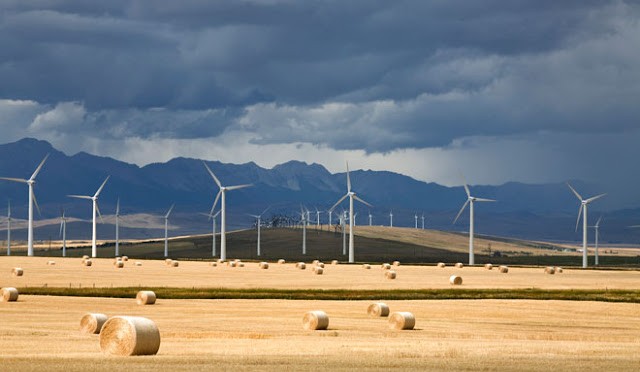The provincial government’s new 10-year plan to meet new energy demand and keep BC Hydro rates as low as possible has received lots of attention.
First and foremost, it’s important to point out the obvious: the provincial government and BC Hydro brought forward a plan to keep rates low in the face of significant cost pressures.
Many governments respond to such pressures by muddling through and putting in place ad hoc policy responses. The province, however, should be commended for putting forward a plan that hits the re-set button with BC Hydro.
True, the devil is in the details. The implementation of the 10-year plan will ultimately define its value for B.C.’s ratepayers.
A couple of things are certain though. British Columbians need more power — BC Hydro forecasts a 40 per cent increase in demand over the next 20 years — and we favour clean energy by a huge margin. In fact, poll after poll indicates that wind energy is among our most preferred options for new generation.
Everyone understands that wind power is emissions free. What surprises many is that wind energy is now British Columbia’s lowest-cost renewable resource for new electricity generation. This is great news for our province because we have abundant, low-cost wind resources.
It’s not just industry saying so. Energy experts at the National Renewable Energy Laboratory and BC Hydro agree that the cost of wind energy is now at an all-time low and costs will continue to fall.
Opponents of clean, renewable wind energy try to mislead us by comparing the cost of developing wind power today with the current cost of power from dams built generations ago. The simple truth is that for any source of new renewable power, wind energy ranks among the lowest cost options.
Critics also forget that wind power makes a major contribution to keeping our electricity rates low and stable. How? B.C.’s wind developers absorb almost all of the upfront costs of building the energy supply — there are no front-end or long-term risks to taxpayers and ratepayers. And, the energy supply is free and plentiful. Wind, unlike natural gas, has no price volatility or price exposure that ratepayers will have to bear down the road. Thanks to inflation, the cost of wind power actually gets cheaper over time.
While power costs in B.C. have been increasing, we need to remind ourselves that only a small fraction of the recent rate increase is due to power contracts. In fact, almost all of the increase is due to the work of rebuilding and repairing BC Hydro’s aging electricity infrastructure.
A Joint Review Panel is now holding public hearings on the environmental impacts of building the Site C hydroelectric dam on the Peace River. This project will have profound impacts, so important questions on environmental impacts and its ability to provide power at a lower cost than alternatives must be addressed.
Earlier this month, British Columbia’s newest wind farm, the Cape Scott Wind Farm on northern Vancouver Island, began delivering electricity. Cape Scott joins three other wind operations in the province that now deliver 500 megawatts of power, which equals the electricity consumed each year by the 300,000 residents in the northern half of British Columbia.
Wind energy projects are contributing to regional economic growth, as well as providing development opportunities for First Nations, including jobs, skills training and an ongoing source of revenue. For all the right reasons that matter to British Columbians, wind energy is moving forward and is well positioned to play an increasingly important role in our energy mix.
We believe what’s most important to British Columbians is a system based on clean power. A flexible system, a resilient system, a system with stable rates and one that remains the envy of the world.
The wind industry can help deliver on all accounts. It’s an opportunity that shouldn’t be overlooked.
Nicholas Heap is the B.C. Regional Director for the Canadian Wind Energy Association and has been involved in climate and energy issues in B.C. for the past 15 years.


